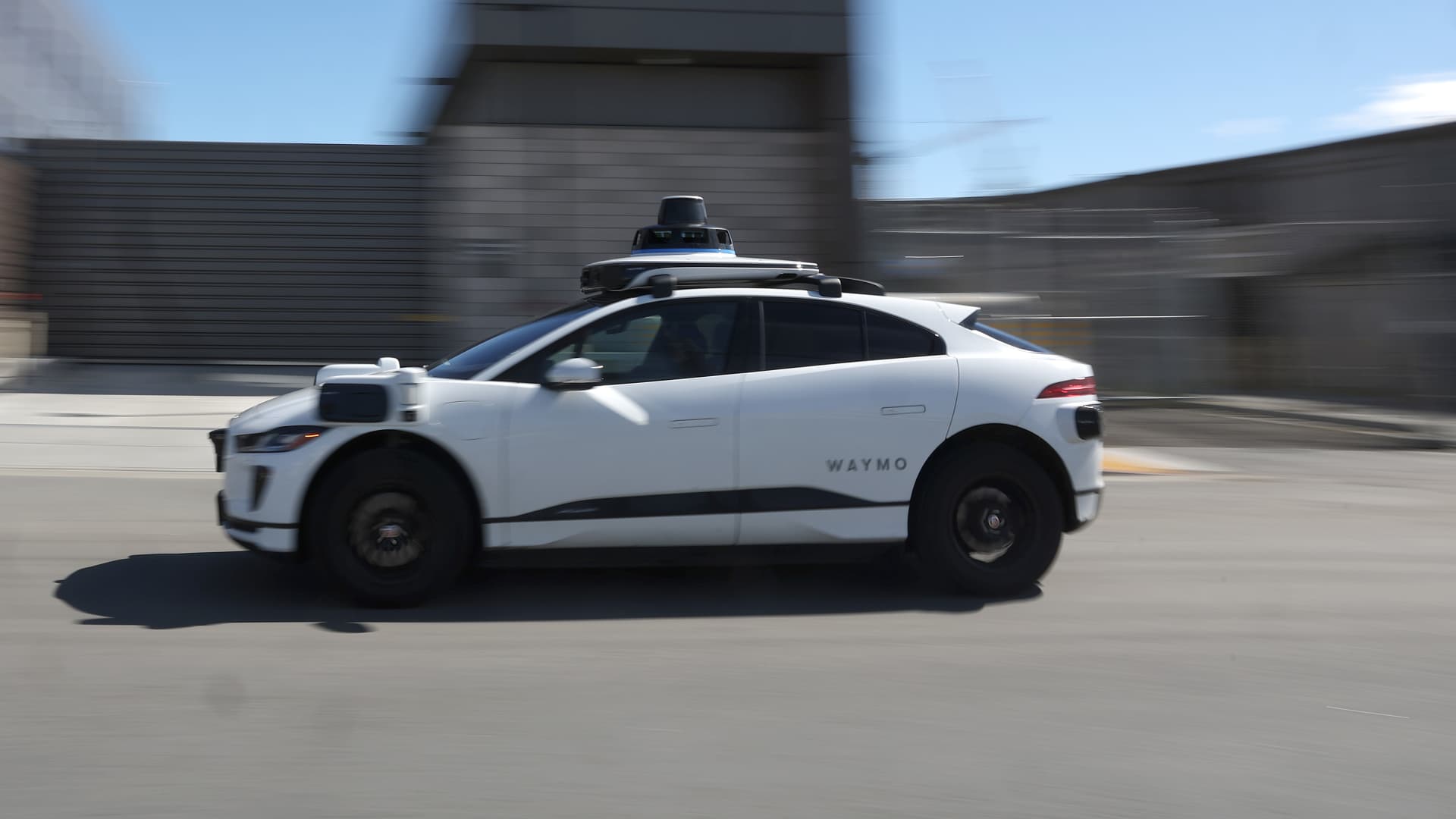Austin’s Robotaxi Revolution: Waymo and Uber Lead the Charge
As the vibrant city of Austin prepares for the annual South by Southwest (SXSW) festival, it finds itself at the forefront of a technological revolution in urban mobility. The launch of autonomous robotaxi services by industry giants Waymo and Uber marks a significant milestone in the evolution of transportation. This exciting development promises to reshape how residents and visitors navigate the bustling streets of Austin, showcasing the potential of self-driving technology in a festival city known for its innovation and culture.
Understanding the Robotaxi Concept
Robotaxis, or autonomous ride-hailing services, operate without a human driver, relying instead on advanced algorithms, LIDAR, and artificial intelligence to navigate urban environments. The concept has gained momentum over the past few years, fueled by rapid advancements in technology and changing consumer preferences. With urban populations increasing and traditional transportation systems struggling to keep pace, robotaxis offer a solution that could alleviate traffic congestion and provide accessible transportation options.
Waymo and Uber’s Initiatives in Austin
Waymo, a subsidiary of Alphabet Inc., and Uber, a pioneer in ride-hailing services, are both making significant strides in the robotaxi space. As they roll out their services in Austin, they bring their unique approaches to the table:
- Waymo: With years of experience in developing autonomous vehicles, Waymo plans to launch its robotaxi service in select areas of Austin. Their fleet of fully autonomous Chrysler Pacifica minivans is equipped with cutting-edge technology, including advanced sensors and machine learning capabilities to ensure safety and efficiency.
- Uber: While Uber has been testing its autonomous vehicles for several years, its introduction of robotaxis in Austin will focus on integrating self-driving cars into its existing ride-hailing platform. This strategy aims to offer a seamless user experience, allowing riders to choose between traditional Uber rides and autonomous vehicles.
The Impact on Urban Mobility
The debut of robotaxi services in Austin comes at a time when urban mobility is a pressing concern for city planners and residents alike. Here are some potential impacts of this shift:
- Reduced Traffic Congestion: By offering an efficient, on-demand transportation alternative, robotaxis could reduce the number of personal vehicles on the road, alleviating traffic congestion—especially during high-traffic events like SXSW.
- Increased Accessibility: Autonomous rides can provide a reliable transportation option for individuals who may not have access to traditional vehicles, including the elderly and those with disabilities.
- Environmental Benefits: Many robotaxi fleets are expected to consist of electric vehicles, which can contribute to lower emissions and a smaller carbon footprint in urban areas.
Challenges Ahead for Robotaxi Services
While the potential benefits of robotaxis are promising, several challenges remain that could impact their success:
- Regulatory Hurdles: The deployment of autonomous vehicles requires navigating a complex regulatory landscape. Local and state governments must establish clear guidelines to ensure safety and public trust in these technologies.
- Public Perception: Acceptance of autonomous vehicles by the general public is crucial. Many individuals remain skeptical of self-driving technology, fearing safety risks or job displacement in the transportation sector.
- Technological Limitations: Although significant advancements have been made, challenges such as navigating complex urban environments, adverse weather conditions, and unpredictable human behavior still present hurdles for robotaxi operations.
The Role of SXSW in Shaping Perceptions
The timing of the robotaxi rollout coincides perfectly with SXSW, a festival renowned for celebrating innovation and technology. This event provides an excellent opportunity for Waymo and Uber to showcase their autonomous services to a diverse audience, including tech enthusiasts, policymakers, and potential investors. By offering rides during SXSW, these companies can gather valuable feedback and demonstrate the capabilities of their technologies in real-world scenarios.
Moreover, the festival’s focus on creativity and forward-thinking aligns well with the vision of autonomous transportation. As attendees experience the convenience of robotaxis firsthand, it could foster a more positive perception of self-driving technology and its potential benefits.
The Future of Transportation in Austin and Beyond
As Austin embraces this robotaxi revolution, it sets a precedent for other cities across the United States and around the world. The successful implementation of autonomous transportation services could inspire similar initiatives in urban areas struggling with congestion and mobility challenges. Following Austin’s lead, cities may look to integrate robotaxi services into their public transportation systems, creating a hybrid model that combines the best of both worlds.
Furthermore, the data collected from these autonomous rides can provide invaluable insights into urban mobility patterns, contributing to more informed city planning and infrastructure development. By analyzing rider behavior, traffic flow, and operational efficiency, city planners can make data-driven decisions that enhance the overall transportation ecosystem.
Conclusion: Embracing the Future of Urban Mobility
Austin’s robotaxi revolution, marked by the launches of Waymo and Uber, represents a significant step toward the future of urban mobility. As these autonomous services roll out ahead of SXSW, they offer more than just a novel transportation option; they symbolize a shift in how we think about travel, accessibility, and sustainability in our cities. While challenges remain, the potential benefits of robotaxis are immense, promising a smarter, greener, and more efficient transportation landscape.
As residents and visitors of Austin prepare to embark on their journeys this festival season, the experience of riding in an autonomous vehicle will not only be a glimpse into the future but also a testament to the innovative spirit of a city that continues to redefine itself in the realm of technology and mobility.
See more Future Tech Daily

